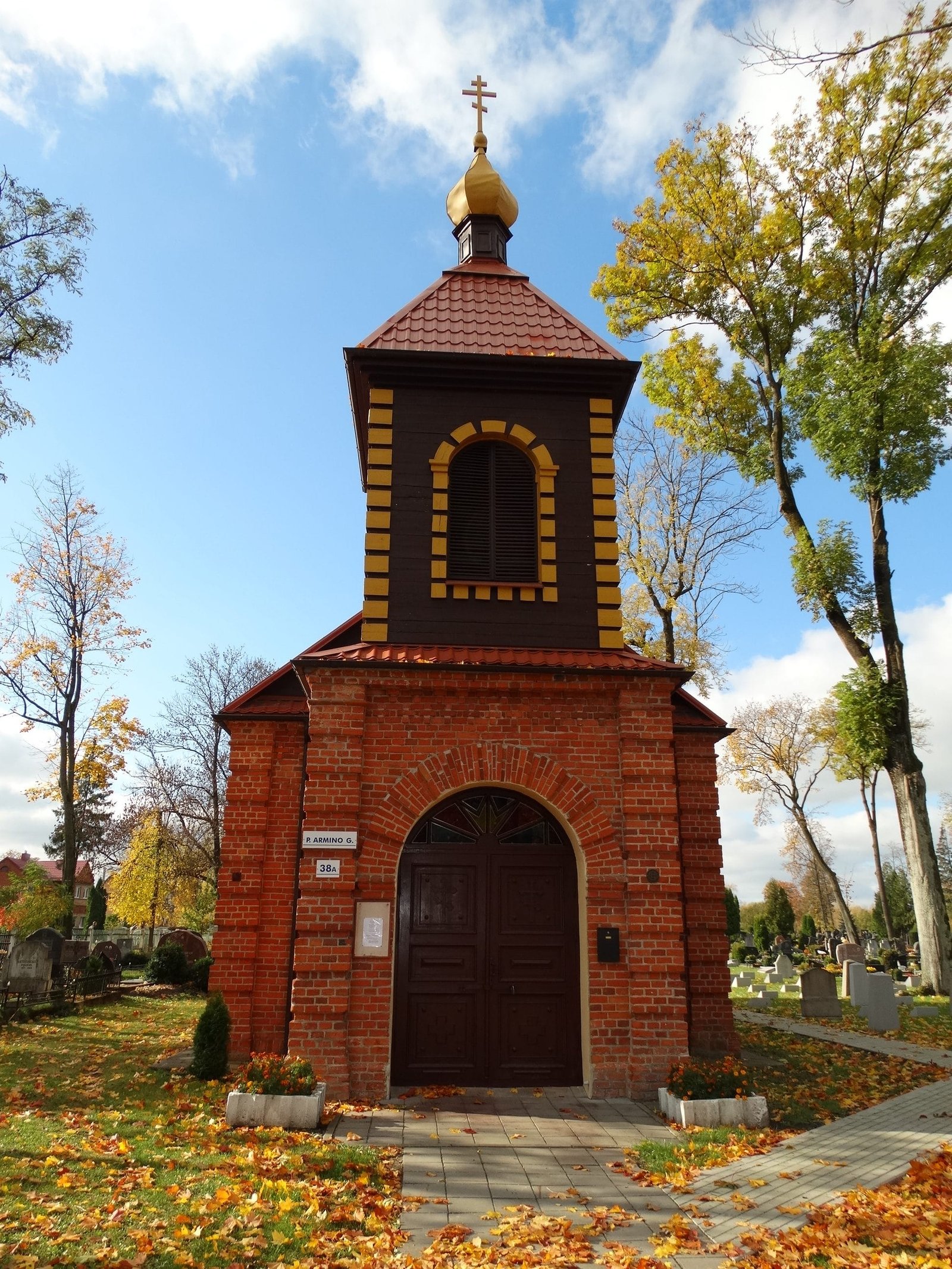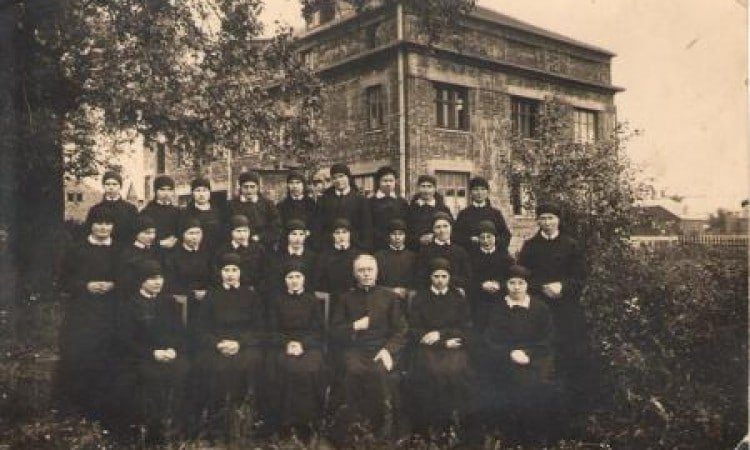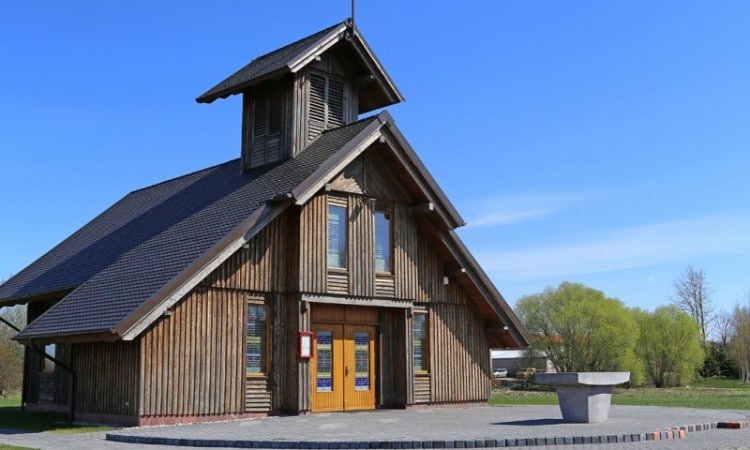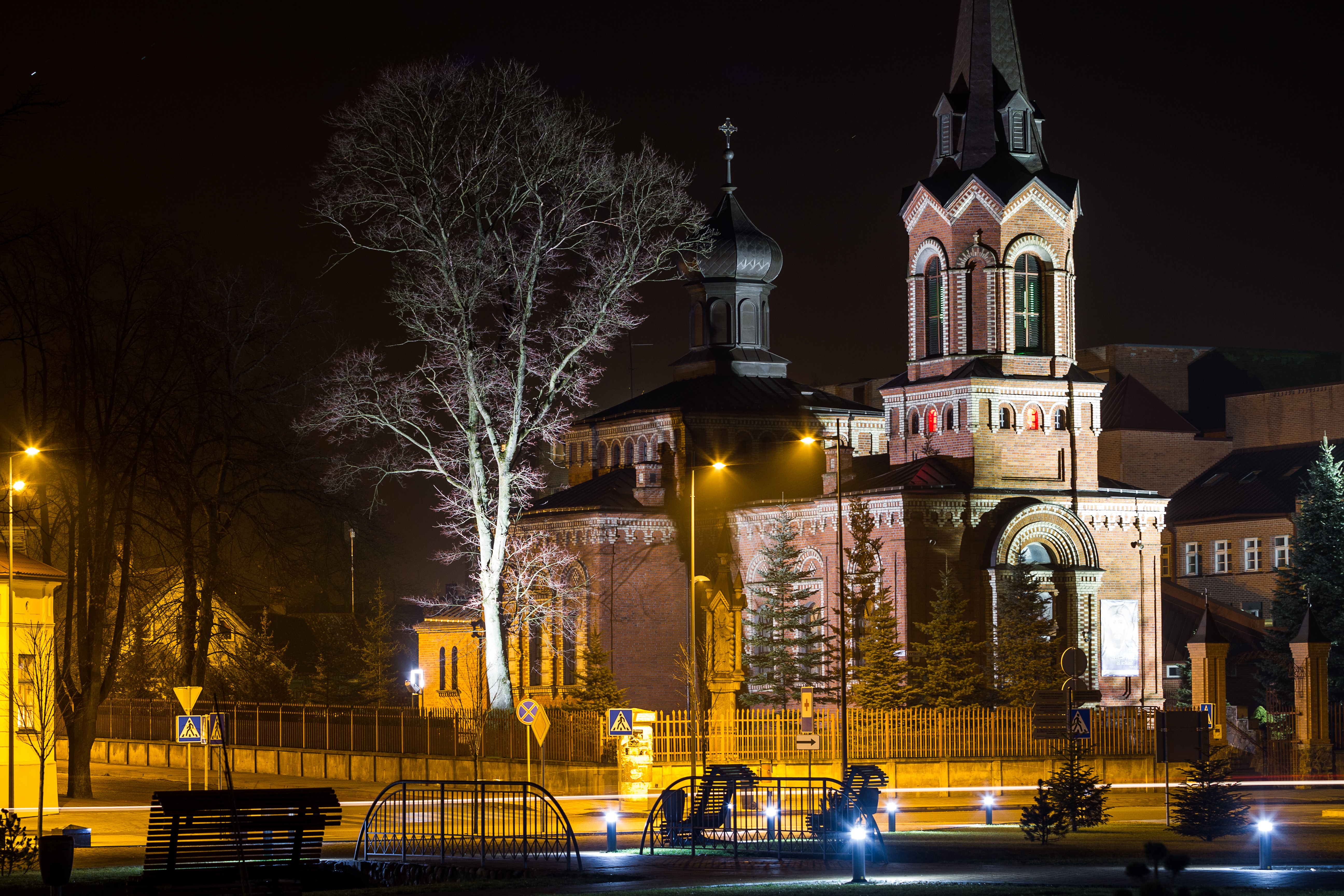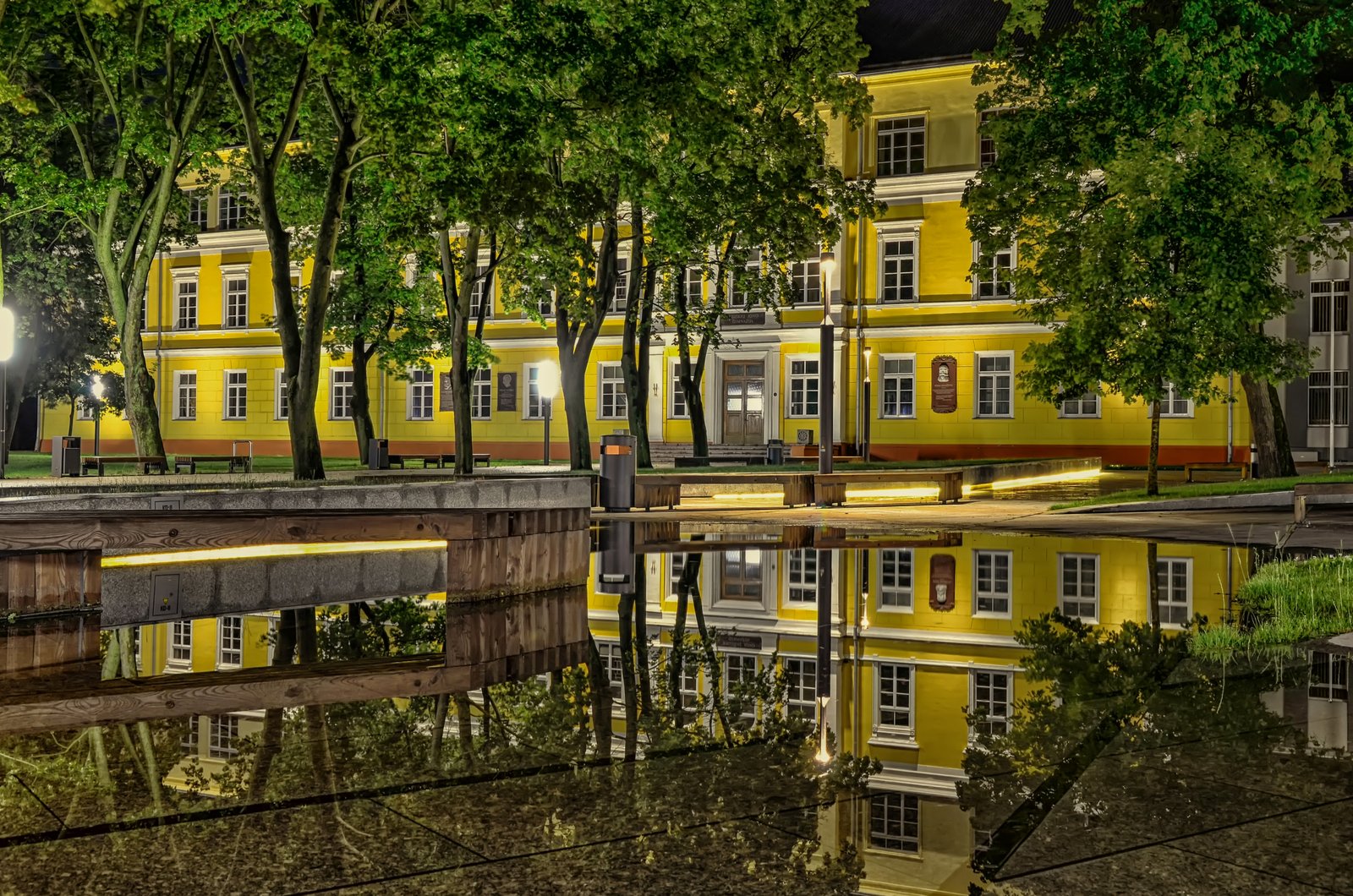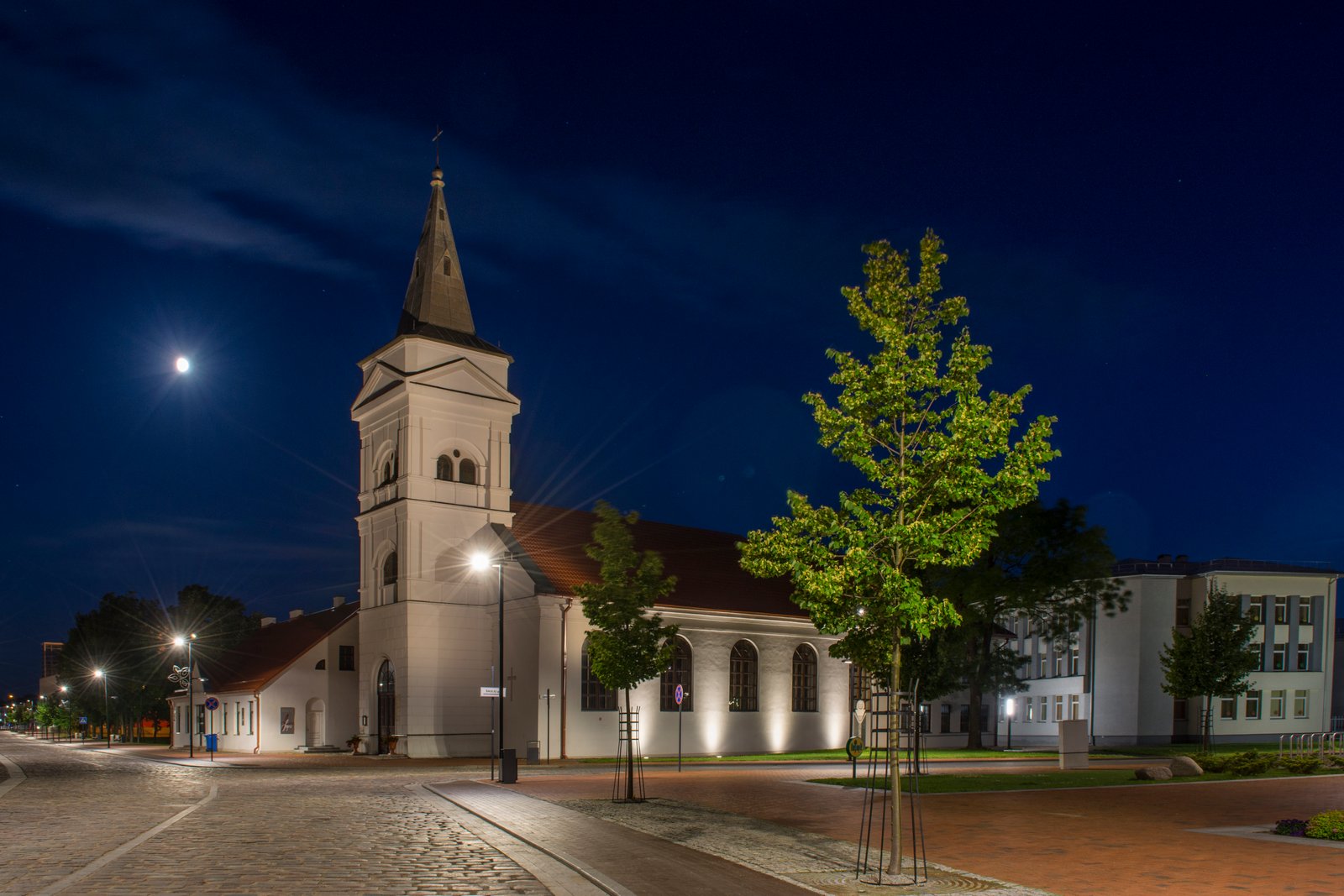Rygiškių Jono gymnasium is the oldest school in Sūduva region providing secondary education. It was established in 1867 and considered to be unique because of its rich history and cherished traditions. Even in 19th century, gymnasium was well known as the heart of Lithuanian language. A number of famous persons with unique achievements in Lithuanian culture, politics and economy graduated from this school. The history of gymnasium reaches 1840 and some years later, the school was reorganized into a gymnasium, which became exclusive as one weekly Lithuanian language class was included into the programme for the first time in Lithuania.
After the uprising of 1863, the Russian Tsarist government banned Lithuanian writing and schools but in 1867 in Marijampolė a school was opened where boys were taught Lithuanian language. Later it became a source of Lithuanianism and independence.
At first the school operated in a wooden house of Babariskis, a local resident of Marijampolė. In 1870, at the boundary of Degučiai village, a small stone mansion of a new school was built. After seven years, the right side of the building was made longer and as a result the proportions of the mansion became distorted. In a section built later, a gymnastics hall was established and (around 1894) – an Orthodox chapel which was later demolished.
In 1957, the construction of a third floor on the old building of the gymnasium began. In 1979, an overhaul of the school and construction of another wing were started. The construction was completed in 1986. 1871 marked the first time when Lithuanian language was spoken in the gymnasium. During a festive event of the end of the school year, Petras Kriaučiūnas read in Lithuanian a poem translated from Polish.
This gymnasium was also the school of the author of idea of an ethnic Lithuanian state Jonas Basanavičius, the author of the national anthem Vincas Kudirka, creator of the literary Lithuanian language Jonas Jablonskis. Six Signatories of the Act of Independence of 16 February 1918. Father ofthe Lithuanian aviation General Antanas Gustaitis. President Kazys Grinius. Blessed archbishop Jurgis Matulaitis. Among the graduates of this gymnasium is also creator of the semiotic studies Algis Julius Greimas together with many other men and women notable for their achievements in the field of Lithuanianism, culture, literature, science etc.
In 1920, the gymnasium was named after Rygiškių Jonas. This is a pseudonym of linguist Jonas Jablonskis. In the Soviet times, the school was renamed as Jonas Jablonskis High School. After Independence, in 1992 the gymnasium got back the previous name.

